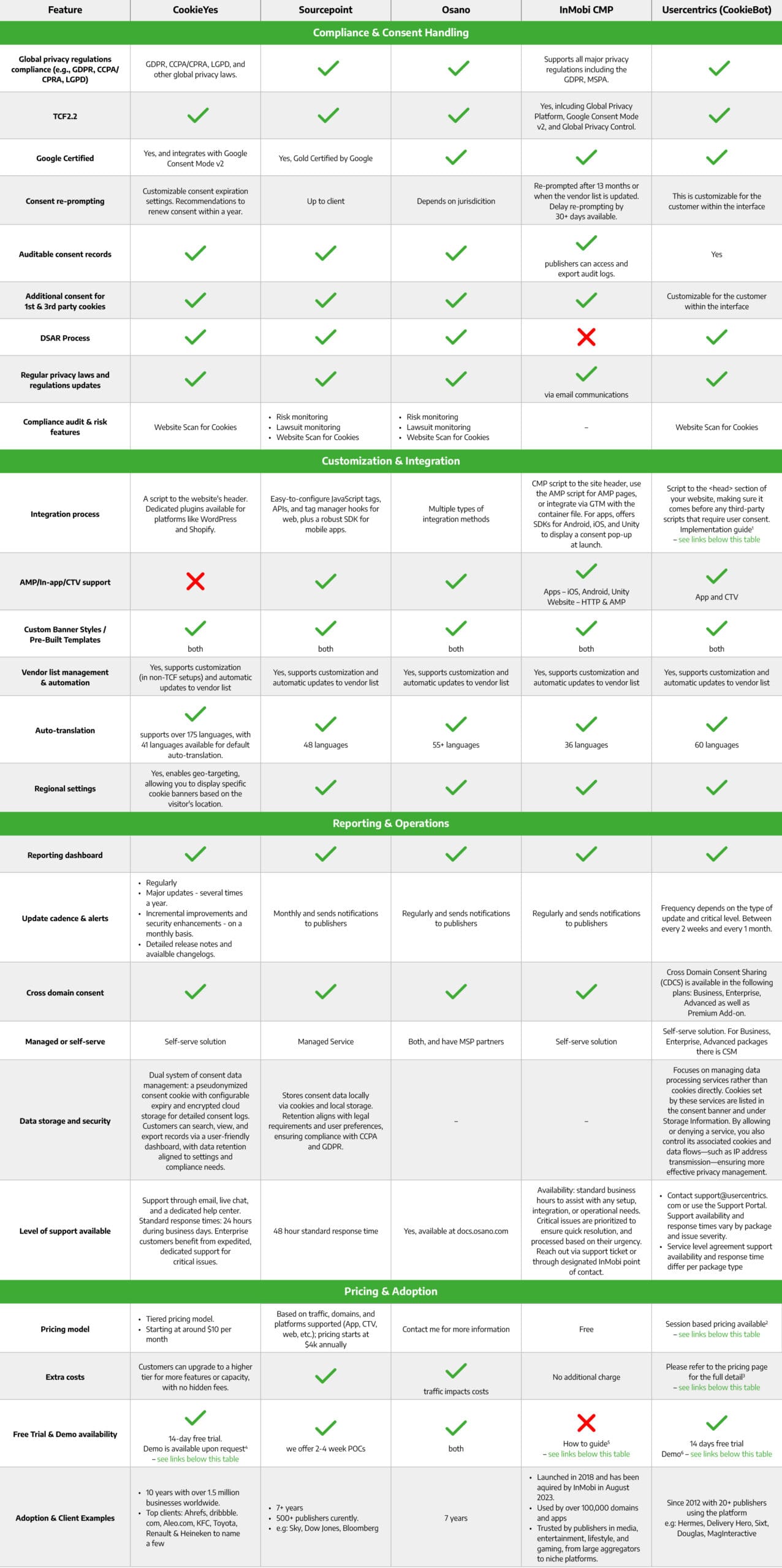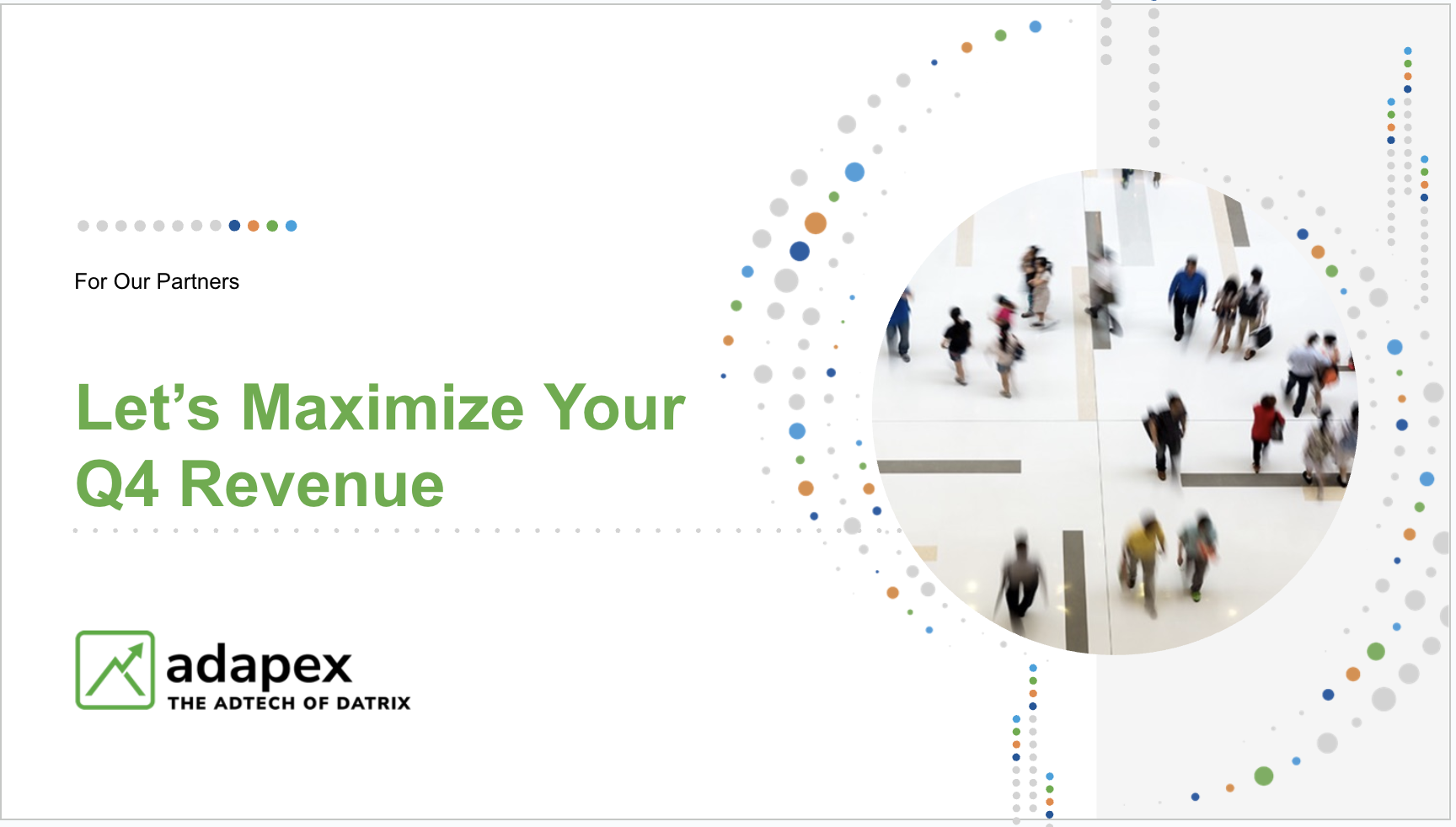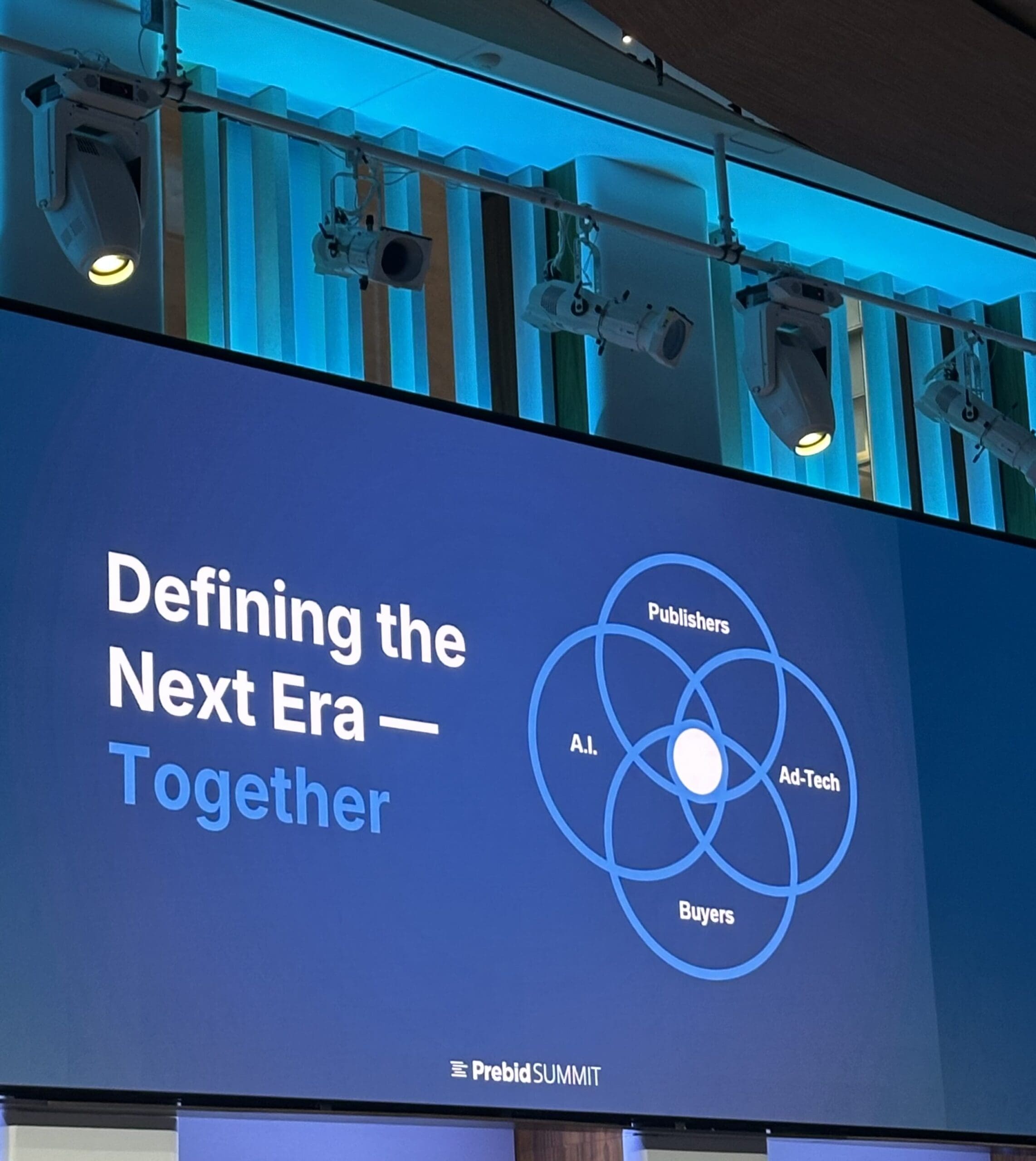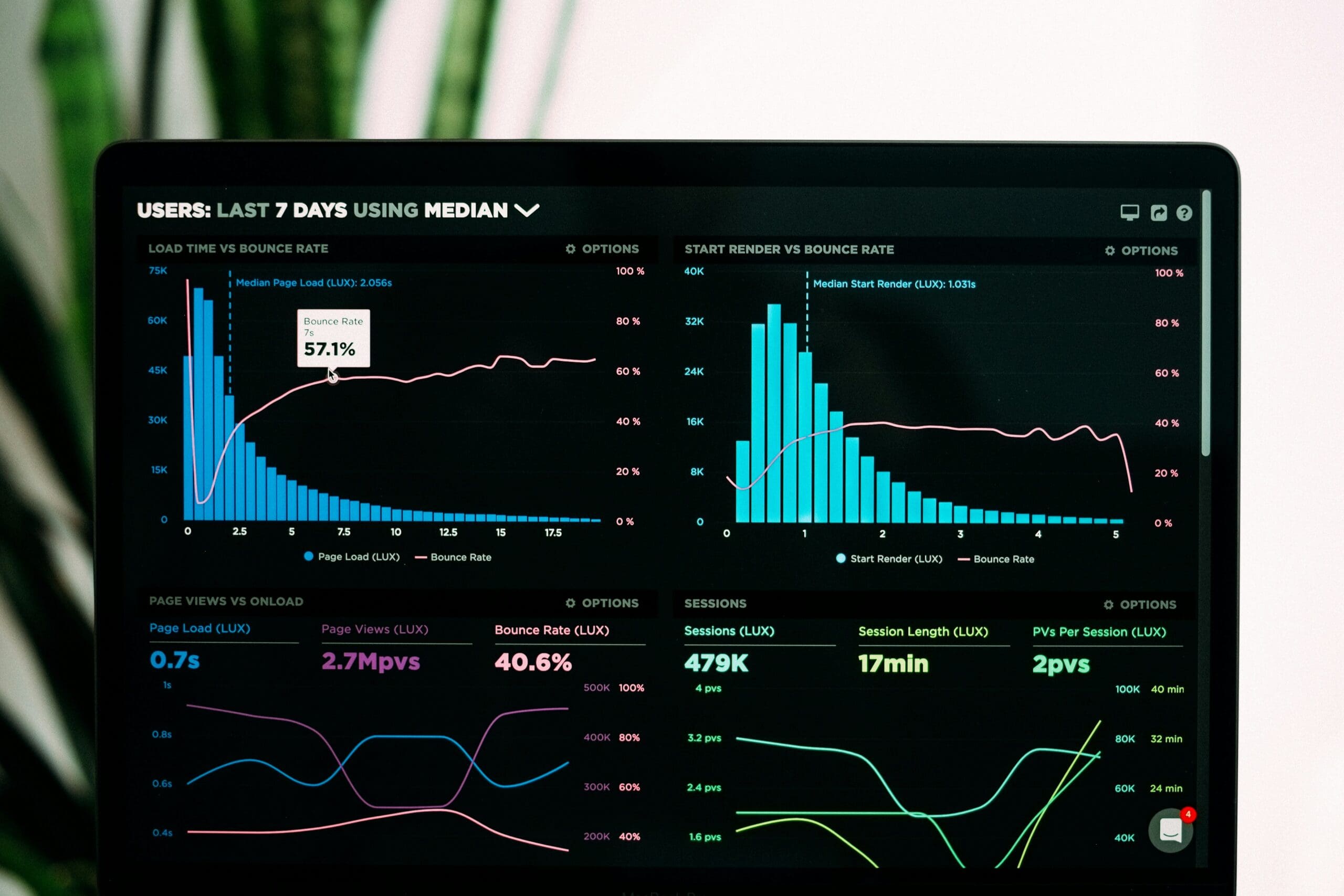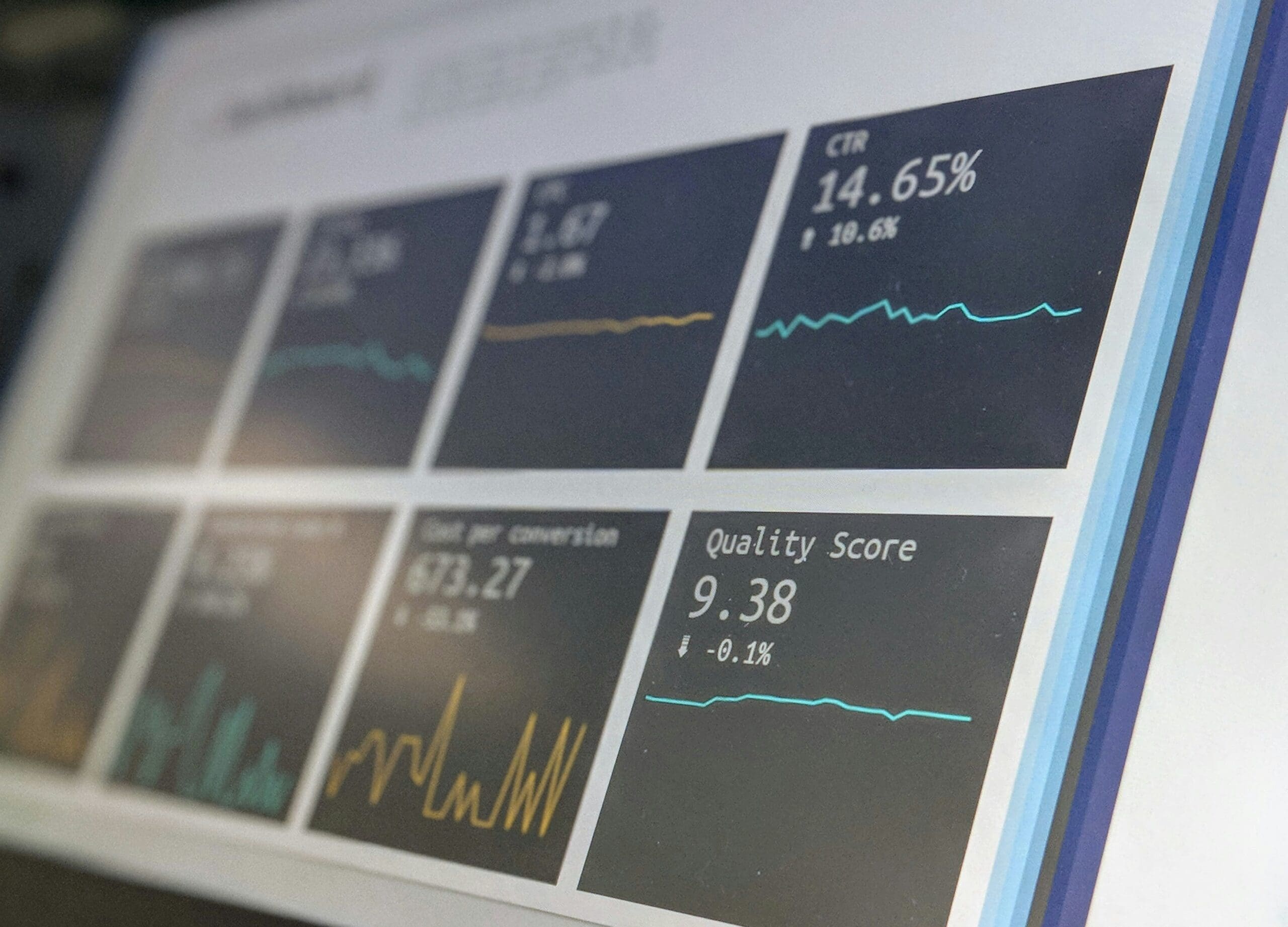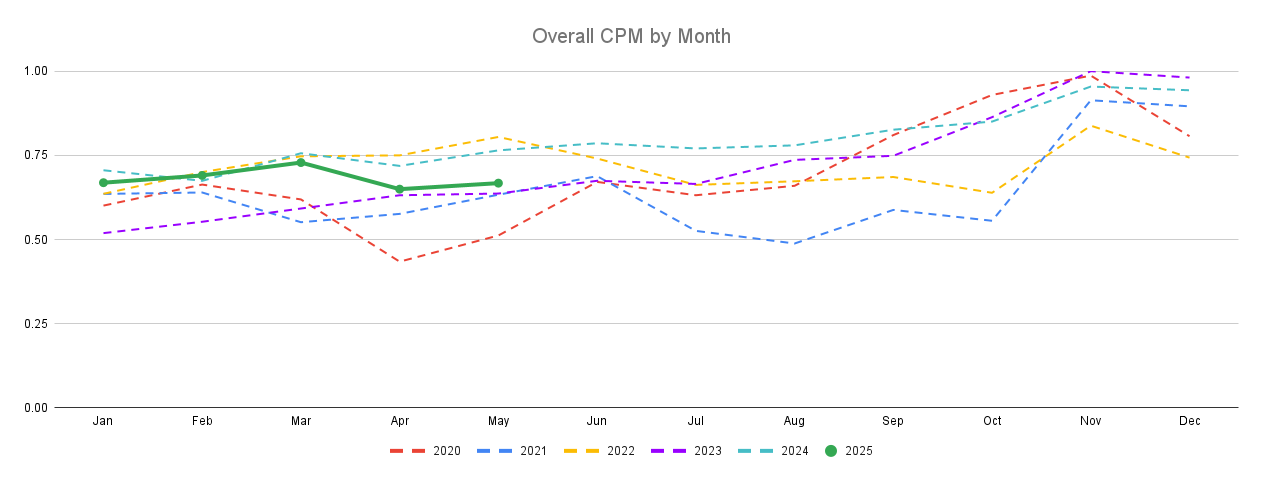As privacy laws continue to expand, publishers are expected to provide clear, compliant experiences that respect user choices, and this starts with a Consent Management Platform (CMP).
Whether you’re reviewing your current setup or implementing one for the first time, this guide will help you navigate what to look for in a CMP today and why it matters for your site performance and user trust.
Why a CMP Matters
Consent management plays a critical role in both compliance and monetization. Personalized ads may not be served without proper consent signals, which can impact CPMs. At the same time, users are increasingly aware of how their data is used, and offering transparency helps build stronger, more trusted relationships.
Consumer Rights and Expectations
Laws like the CCPA and GDPR give users specific rights around their personal information, including:
- The right to know what data is collected and how it’s used
- The ability to access, delete, or opt out of the usage of their data
- Transparency around third-party sharing and tracking
These laws apply to more than names and emails, they cover IP addresses, device identifiers, browsing history, and more. Staying compliant helps ensure your site is prepared not just for today’s standards, but for what’s ahead.
What to Look for in a CMP
There’s no one-size-fits-all solution, but here are some key features to consider when comparing providers:
✔️ Regulatory Compliance
Support for GDPR, CCPA/CPRA, and multi-state U.S. regulations is essential. Look for IAB TCF 2.2 compliance and Google Consent Mode v2 certification.
✔️ Customer Support
When selecting a CMP provider, timely and reliable support is just as critical as the platform’s features. With any issues that require troubleshooting or quick adjustments, delays can impact compliance, user experience, and revenue. That’s why it’s essential to have a partner who responds promptly and resolves issues efficiently—especially in a fast-paced publishing environment.
✔️ Customization
Ability to tailor banners to your site’s branding, support for multiple languages, and the option to present region-specific consent experiences.
✔️ Cross-Domain and Multi-Site Functionality
If you manage multiple sites or apps, centralized management and cross-domain consent can simplify operations and improve consistency.
✔️ Ease of Integration
Simple deployment via script or tag manager, with SDKs for mobile and support for AMP and CTV if needed.
✔️ Reporting and Optimization Tools
Dashboards that help track opt-in rates, user preferences, and overall performance can help fine-tune your approach over time.
✔️ Automatic Updates
Look for solutions that automatically update vendor lists and cookie scanning to keep your implementation current without extra lift.
Features That Add Extra Value
Some platforms also offer tools like:
- DSAR workflows (for data access/deletion requests)
- Consent or Pay functionality
- Vendor risk or lawsuit monitoring
Our CMP Comparison
We’ve compiled an updated comparison of leading CMPs, including CookieYes, InMobi, Sourcepoint, Usercentrics, and Osano, to help you evaluate which solution may best fit your business needs.
Contact your Adapex team if you’d like a copy or want to discuss what’s right for your site.
We are not lawyers but we’ve worked with privacy professionals to develop sample policy language that many of our clients have found helpful. If you’d like a copy to review with your legal team, please ask your CSM.
Final Thoughts
Choosing a CMP is an important step toward protecting your audience and preserving your ad revenue. A thoughtful, well-implemented solution can help you stay compliant, improve user experience, and create a more future-ready foundation for monetization.


